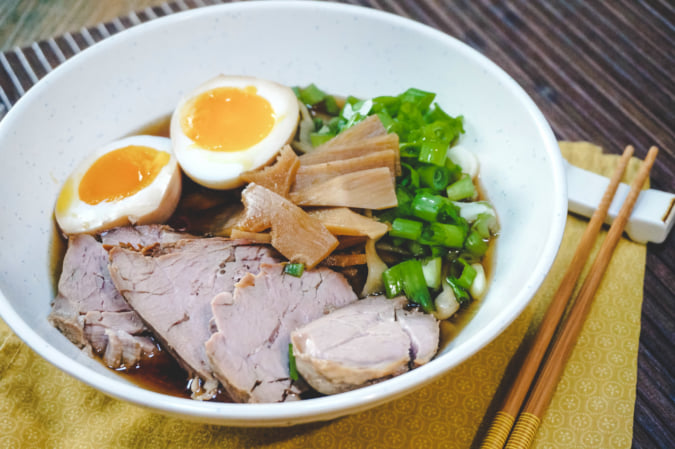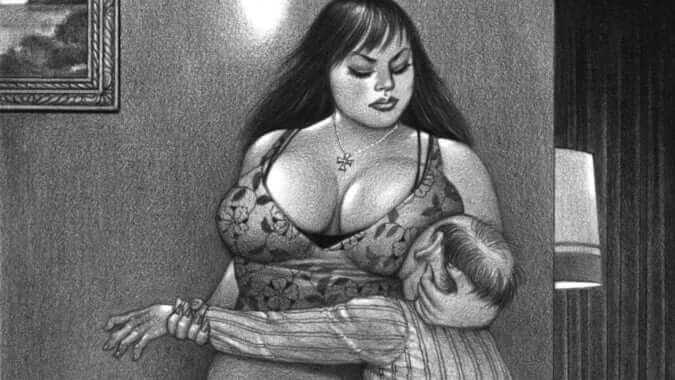Velvet, Tokyo’s Must-Visit Vintage Boutique
At Velvet, vintage fashion for men is elevated to art status thanks to the cutting-edge selection offered by founder Tomoki Takaso.
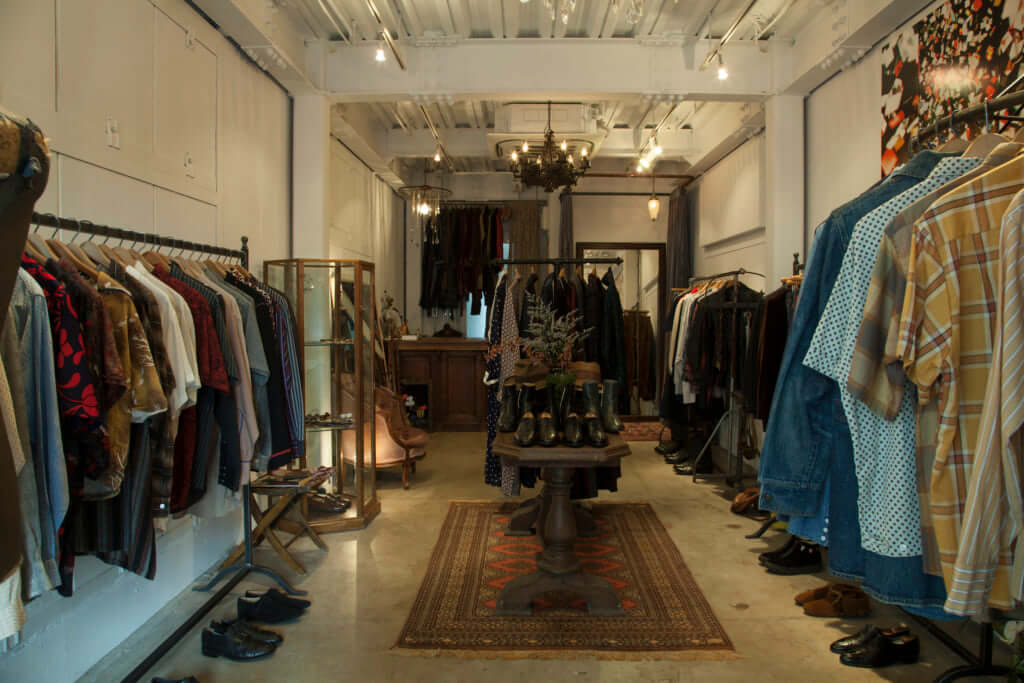
Velvet is located in the heart of Shimokitazawa district, in the west of Tokyo, a real second-hand heaven where shoppers can find items from 1970s furniture to vinyl and second-hand clothing. Velvet has made a name for itself thanks to its cutting-edge selection of masculine pieces which includes brands such as TAKAHIROMIYASHITA TheSoloIst, Midorikawa, UNUSED and Needles.
Founded by Tomoki Takaso, a former fashion journalist at Huge magazine born in 1987, Velvet came into existence on 1 August 2015. ‘I wanted to open my own shop because, at the time, I found that there were very few cool, cutting-edge vintage shops for men in Japan. And because I knew quite a bit about fashion, I decided to go for it on the spur of the moment’, Takaso explains.
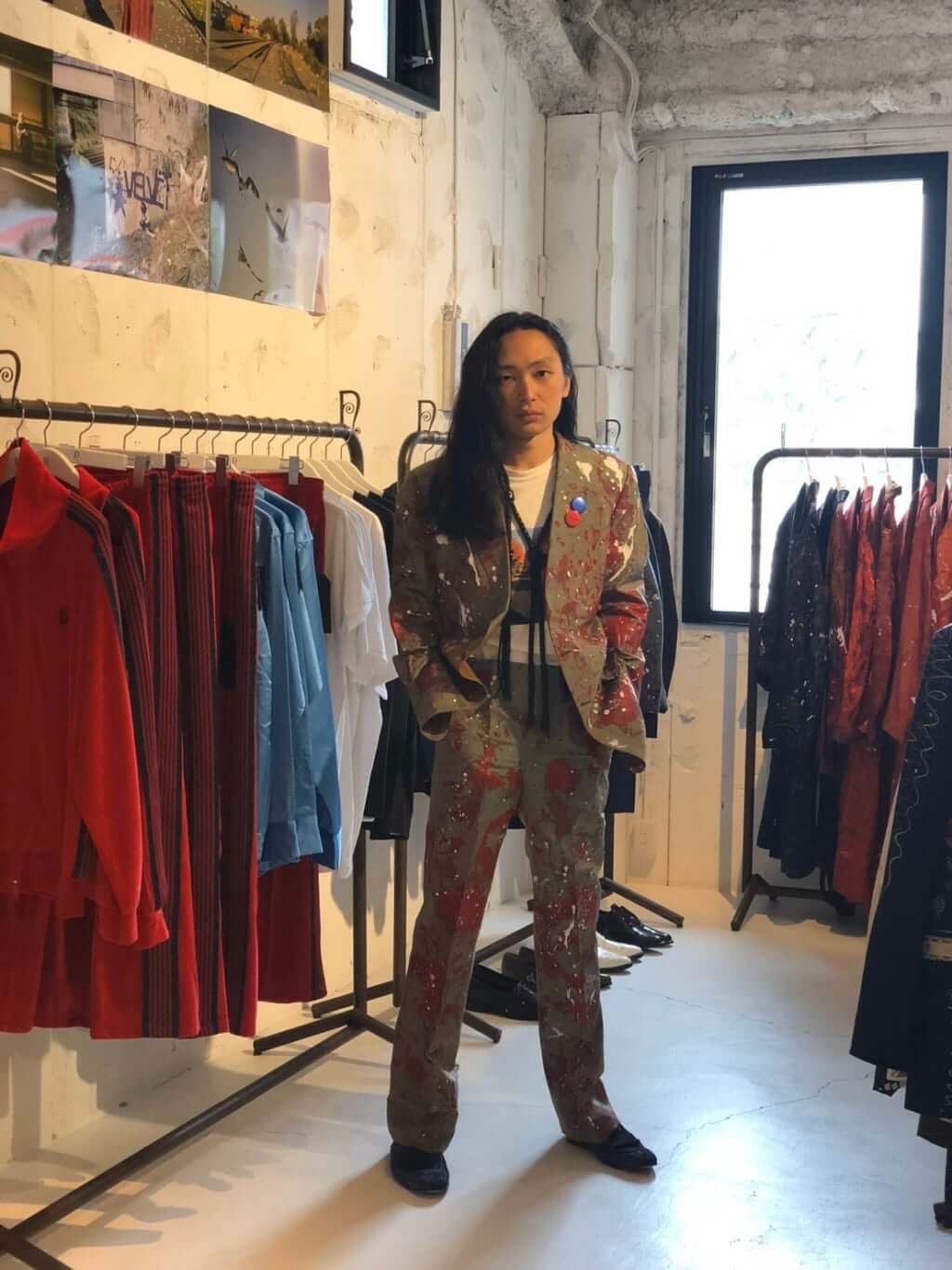
Second-hand items on the rise
Vintage items are becoming increasingly popular in Japan. ‘The most sought-after garments are those which have a historic value and a story to tell; they’re not necessarily those made by luxury brands’, the boutique manager reveals. He explains that young Japanese people of today tend to prefer vintage pieces to items from department stores.
We are therefore seeing a new era in which men dare to express themselves more, and this is partly thanks to fashion, he states. These social changes are reflected through clothing: ‘Even though there’s still a certain uniformity in most Japanese people’s style, vintage fashion has allowed many people to stand out from the crowd. And I find these style changes very interesting to observe. I notice more and more people with a cutting-edge style, wearing rare pieces. People are fed up of copying each other, and I’m glad!’ he adds.
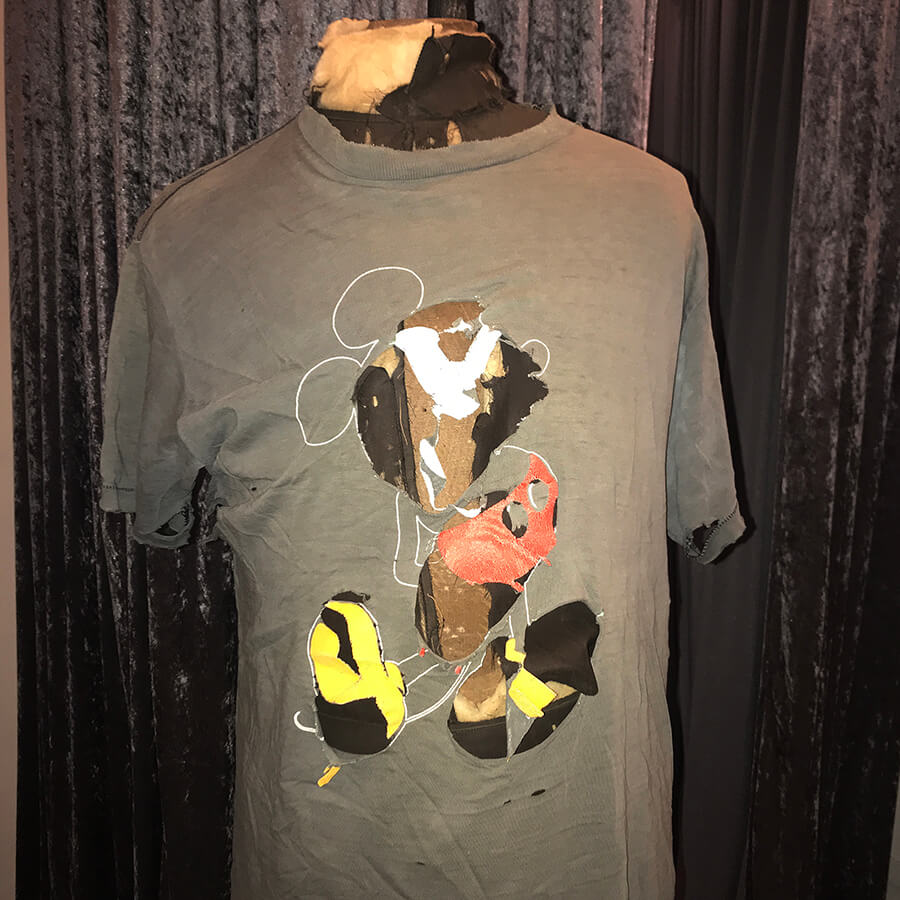

TRENDING
-
Ishiuchi Miyako, A Singular Perspective on Women
Recipient of the 2024 Women in Motion Award, the photographer creates intimate portraits of women through the objects they left behind.

-
Recipe for Ichiraku Ramen from ‘Naruto’ by Danielle Baghernejad
Taken from the popular manga with the character of the same name who loves ramen, this dish is named after the hero's favourite restaurant.

-
Namio Harukawa, Master of Japanese SM Art
'Garden of Domina' offers a dive into the world of an icon of ‘oshiri’, whose work has now reached a global audience.

-
The Tattoos that Marked the Criminals of the Edo Period
Traditional tattoos were strong signifiers; murderers had head tattoos, while theft might result in an arm tattoo.

-
The Emperor of Japanese Porn is Now the Star of a Netflix Series
Deliciously funny, The Naked Director especially succeeds in reviving the atmosphere that was so characteristic of 1980s Japan.


